The cycle is painfully familiar: you set an ambitious goal with genuine enthusiasm, only to watch it fade into the background within days or weeks. Whether it’s losing weight, saving money, or boosting productivity, the pattern remains the same—initial motivation followed by gradual abandonment. The problem isn’t your willpower or commitment; it’s the fundamental approach to goal-setting itself.
This comprehensive guide reveals why traditional goal-setting fails and provides actionable goal-setting strategies that create lasting change. Drawing from psychological principles and real-world applications, you’ll discover how to transform vague aspirations into concrete achievements through systematic planning and sustainable habits.
The Fatal Flaws of Traditional Goal-Setting
Vague Intentions Lead to Vague Results
Goals like “lose weight,” “spend less,” or “be more productive” are destined to fail because they lack specificity and measurable outcomes. These broad statements provide no clear direction, making it impossible to track progress or determine success.
The Motivation Trap
Most people rely on motivation as their primary driver, but motivation is inherently unreliable. It fluctuates based on mood, circumstances, and external factors. Successful goal achievement requires systems that function regardless of your emotional state.
Lack of Actionable Planning
A goal without a plan is merely a wish. The absence of concrete steps transforms ambitious intentions into abstract concepts that exist only in your mind, making them easy to ignore or forget.
The Foundation: Specificity and Measurability
Transform Vague Goals into Concrete Targets
Instead of: “Lose weight”
Try: “Lose 10 pounds by November 10th”
Instead of: “Spend less”
Try: “Spend no more than $50 on eating out this week”
Instead of: “Be more productive”
Try: “Work on Project X for 45 minutes every weekday morning”
This transformation creates clarity and establishes measurable criteria for success. When you can quantify your goal, you can track progress and maintain momentum.
The Power of Written Goals
Writing down your goals transforms abstract thoughts into tangible commitments. This physical act engages different cognitive processes and creates a psychological contract with yourself. Keep your written goals visible—place them where you’ll see them daily as constant reminders of your intentions.
Process-Focused Goal Setting: The Game-Changer
Shift from Outcomes to Habits
Rather than fixating on end results, focus on the daily processes that lead to those outcomes. This approach creates sustainable change by building habits that naturally produce desired results.
Weight Loss Example:
- Outcome focus: “Lose 20 pounds”
- Process focus: “Add one vegetable to each meal” or “Walk for 15 minutes after lunch”
Financial Example:
- Outcome focus: “Save $5,000”
- Process focus: “Transfer $200 to savings every payday”
The Minimum Viable Action Principle
Start with the smallest possible action that moves you toward your goal. This strategy overcomes the paralysis of perfectionism and builds momentum through consistent micro-progress.
Examples:
- Instead of committing to a 45-minute workout, start with 10 minutes once per week
- Instead of overhauling your entire diet, begin by drinking one extra glass of water daily
- Instead of writing for an hour, commit to writing one sentence
The key insight is that once you begin, you’ll often exceed your minimum commitment. Even if you don’t, you’ve maintained forward progress and built the habit of showing up.
The “No Zero Days” Philosophy
This powerful concept emphasizes that any progress, no matter how small, is valuable. The principle states that you should never have a day where you make zero progress toward your goal.
Practical Applications:
- Can’t do a full workout? Do one push-up
- Can’t write a full page? Write one sentence
- Can’t clean the entire house? Wash one dish
This approach maintains momentum during challenging periods and prevents the all-or-nothing mindset that derails many goal-setting efforts.
The Planning and Execution System
Daily Planning Rituals
Effective goal achievement requires systematic planning that removes decision-making from the moment of action. Implement these daily rituals:
Evening Planning Session:
- Review the current day’s progress
- Plan tomorrow’s specific actions
- Identify potential obstacles and solutions
- Schedule goal-related activities in your calendar
Morning Review:
- Read your plan for the day
- Visualize successful completion of planned actions
- Set your primary intention for the day
Reduce Decision Fatigue
Every decision you make depletes mental energy. By planning in advance and creating specific schedules, you eliminate the need to constantly decide what to do next. This preservation of mental energy makes follow-through more likely.
Implementation Intentions
Instead of vague commitments, create specific “if-then” plans:
Format: “If [situation occurs], then I will [specific action]”
Examples:
- “If I feel the urge to buy something online, then I will wait 24 hours before purchasing”
- “If I’m too tired for a full workout, then I will do 5 minutes of stretching”
- “If I’m tempted to skip my morning routine, then I will do just the first step”
Making Goals Enjoyable and Sustainable
The Fun Factor
Goals sustained through sheer willpower alone are unlikely to succeed long-term. Instead, find ways to make the process enjoyable:
- If you hate running, try dancing, swimming, or hiking
- Join group activities or sports leagues
- Listen to engaging podcasts or audiobooks during exercise
Learning Goals:
- Choose topics that genuinely interest you
- Use interactive learning methods
- Join study groups or online communities
Energy-Appropriate Planning
Design your goals to be achievable even when you’re operating at low energy levels. This ensures consistency during difficult periods:
High-Energy Days: Full workout, extensive meal prep, deep work sessions
Low-Energy Days: 5-minute walk, simple healthy snacks, basic task completion
The SMART Framework Enhanced
While the traditional SMART criteria provide a solid foundation, enhance them with these additional considerations:
Specific (Enhanced)
- Define exactly what success looks like
- Include who, what, where, when, and why
- Create vivid mental images of achievement
Measurable (Enhanced)
- Establish both leading and lagging indicators
- Set milestone markers for motivation
- Track process metrics, not just outcomes
Achievable (Enhanced)
- Set challenging but realistic targets
- Consider your current resources and constraints
- Plan for gradual progression
Relevant (Enhanced)
- Align goals with your core values
- Connect to your larger life vision
- Ensure the goal addresses genuine priorities
Time-bound (Enhanced)
- Set specific deadlines
- Create intermediate checkpoints
- Build in buffer time for unexpected obstacles
Advanced Implementation Strategies
The KISS Principle in Goal Setting
Keep It Simple, Stupid. Complex goals with multiple moving parts are more likely to fail. Focus on one or two key goals at a time, ensuring you can give each the attention it deserves.
Action-Taking Over Goal-Setting
Sometimes the most effective approach is to start taking action immediately rather than spending extensive time planning. This “action-first” mentality can create momentum that naturally leads to goal refinement and achievement.
Examples:
- Want to lose weight? Call a nutritionist today
- Want to exercise? Sign up for a gym or fitness class
- Want to learn a skill? Register for a course or workshop
The Accountability Question
While some research suggests keeping goals private can increase commitment, others benefit from external accountability. Experiment to find what works for you:
Private Accountability:
- Personal tracking systems
- Regular self-assessment
- Written progress reports
Public Accountability:
- Workout partners or study groups
- Online communities with similar goals
- Professional coaches or mentors
Reward Systems and Motivation Maintenance
Immediate Gratification Strategies
Create reward systems that provide immediate positive feedback:
Micro-Rewards:
- Check marks on a tracking sheet
- Small treats after completing daily actions
- Satisfying notification sounds or visual cues
Milestone Rewards:
- Larger treats for weekly or monthly achievements
- Special activities or purchases
- Celebratory experiences with friends or family
Progress Tracking Methods
Visual Progress:
- Progress bars or charts
- Before/after photos
- Habit tracking apps
Quantitative Tracking:
- Spreadsheets with metrics
- Regular measurements
- Time-based records
Overcoming Common Obstacles
Dealing with Setbacks
Setbacks are inevitable, but they don’t have to derail your progress:
The 24-Hour Rule: If you miss a day, get back on track within 24 hours
Learning Mindset: View setbacks as learning opportunities rather than failures
Adjustment Strategy: Modify your approach based on what the setback teaches you
Managing Perfectionism
Perfectionism is often the enemy of progress. Embrace “good enough” and focus on consistency over perfection:
- 80% completion is better than 0% completion
- Progress over perfection
- Consistent small actions over sporadic large efforts
Maintaining Long-Term Motivation
Regular Review Sessions:
- Weekly progress assessments
- Monthly goal adjustments
- Quarterly strategy reviews
Goal Evolution:
- Allow goals to evolve as circumstances change
- Celebrate completed goals and set new challenges
- Maintain a growth mindset throughout the process
Creating Your Personal Goal-Setting System
Step 1: Goal Definition
- Write down 2-3 specific, measurable goals
- Ensure each goal connects to your values
- Set realistic timelines with milestone markers
Step 2: Process Design
- Break each goal into daily or weekly actions
- Create minimum viable actions for low-energy days
- Design enjoyable ways to pursue each goal
Step 3: Planning Implementation
- Establish daily planning and review rituals
- Create specific schedules for goal-related activities
- Develop “if-then” plans for common obstacles
Step 4: Tracking and Adjustment
- Set up simple tracking systems
- Schedule regular review sessions
- Be prepared to adjust strategies based on results
The Psychology of Sustainable Success
From Motivation to Discipline
The transition from motivation-dependent to discipline-driven goal achievement is crucial for long-term success. This shift requires:
Acceptance: Acknowledge that the process may be uncomfortable initially
Commitment: Decide to continue regardless of how you feel
Systems: Create structures that support action independent of motivation
The Compound Effect
Small, consistent actions compound over time to create significant results. This principle applies to all areas of goal achievement:
- Daily 15-minute learning sessions become expertise over months
- Consistent small savings become substantial emergency funds
- Regular exercise becomes fitness and health improvements
The Mental Discipline for Success System: Your Complete Framework
If you’ve read through all the strategies above but still find yourself struggling to maintain consistency, you need more than just advice—you need a complete system that takes you step by step from where you are to where you want to be. That’s where the Mental Discipline for Success System comes in.
Why You Need a Structured System
Reading about goal-setting strategies is one thing; implementing them consistently is another. Research shows that 25% of companies have repeatable processes that are not documented, and 6% of companies have processes that are best described as accidental. The same principle applies to personal goal achievement—without a clear, documented system, your efforts become scattered and ineffective.
The Mental Discipline for Success System provides the missing structure that transforms sporadic motivation into sustained achievement. This comprehensive framework addresses the gap between knowing what to do and actually doing it consistently.
Why It Works:
This step establishes the foundation for lasting change. Without understanding your starting point and authentic motivations, any system will eventually fail. The assessment phase ensures your goals align with your true values, not external expectations.
Conclusion: Your Path to Goal Achievement Success
Effective goal-setting is not about finding the perfect system or summoning superhuman willpower. It’s about understanding human psychology, creating supportive systems, and building sustainable habits that naturally lead to desired outcomes.
The goal-setting strategies outlined in this guide provide a comprehensive framework for transforming aspirations into achievements. By focusing on specificity, process over outcomes, systematic planning, and sustainable practices, you can break free from the cycle of abandoned resolutions and create lasting positive change.
Remember: the goal is not to be perfect but to be consistent. Start small, plan systematically, and adjust your approach based on what you learn. Your future self will thank you for taking the first step today.
Success is not about the destination; it’s about building the habits and systems that make the destination inevitable.


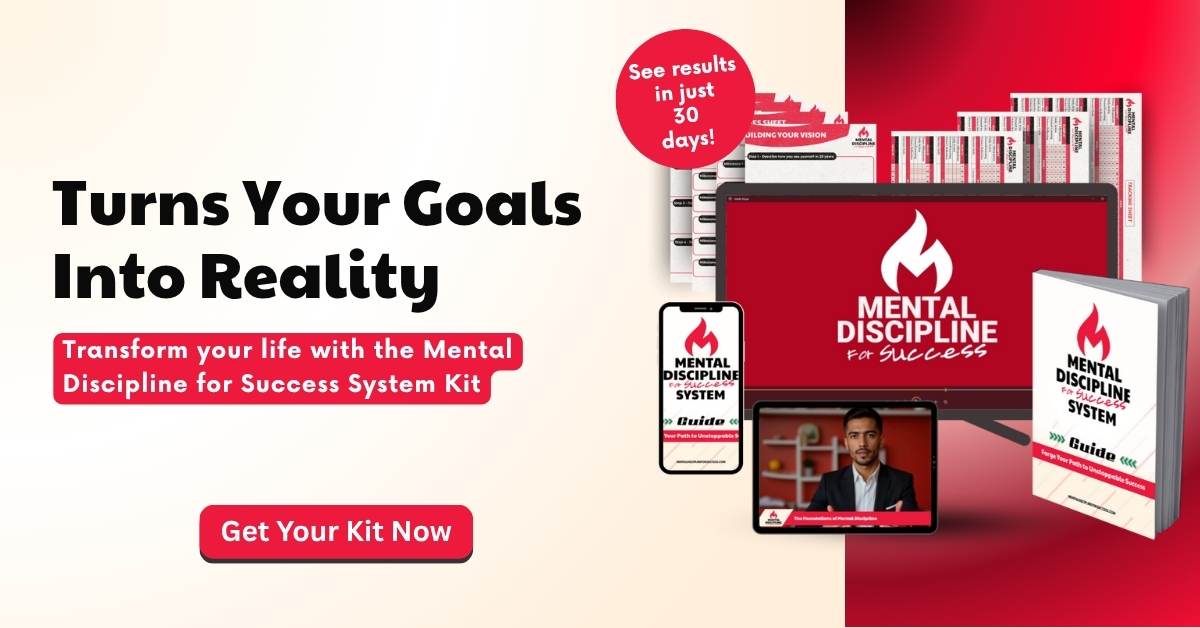
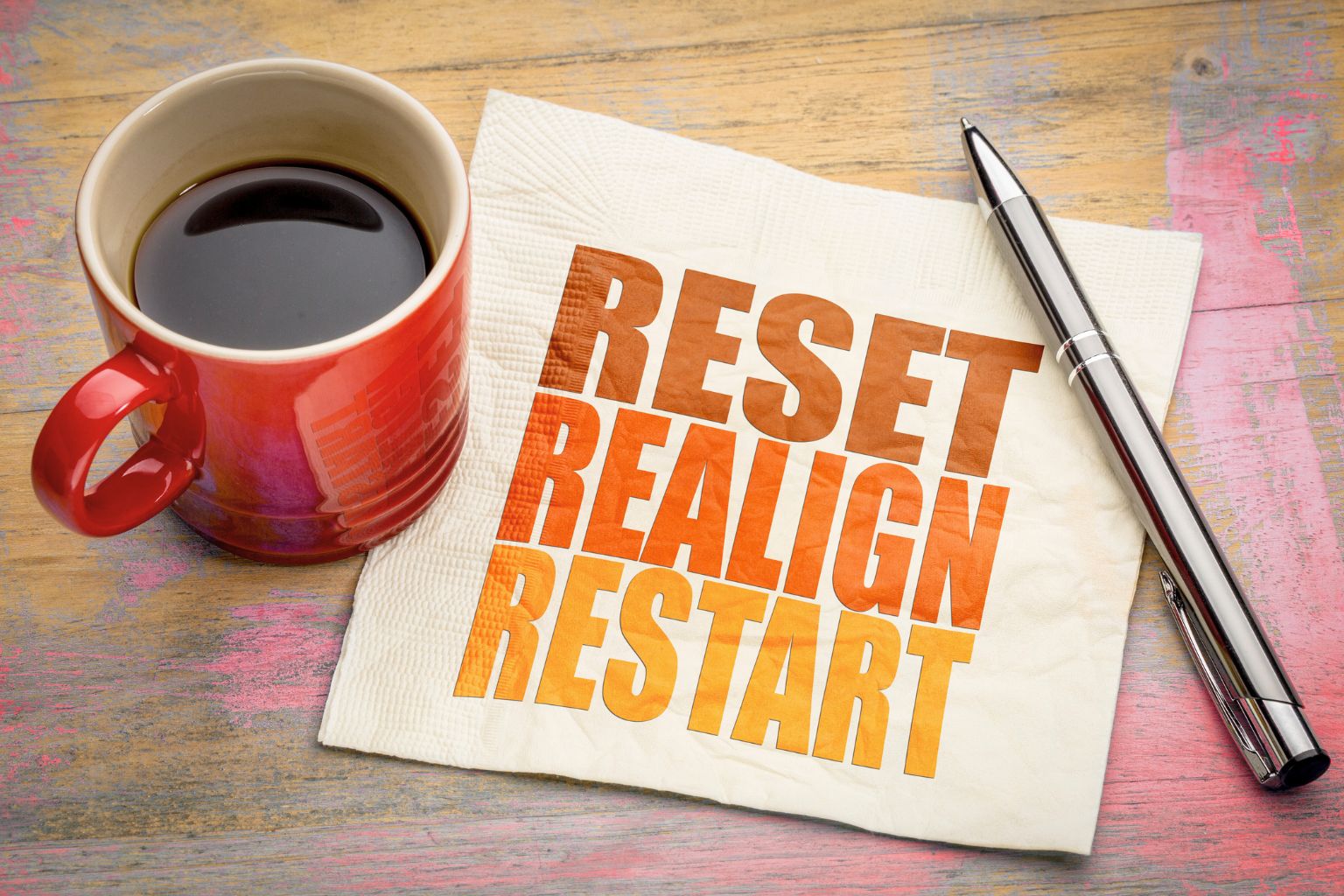




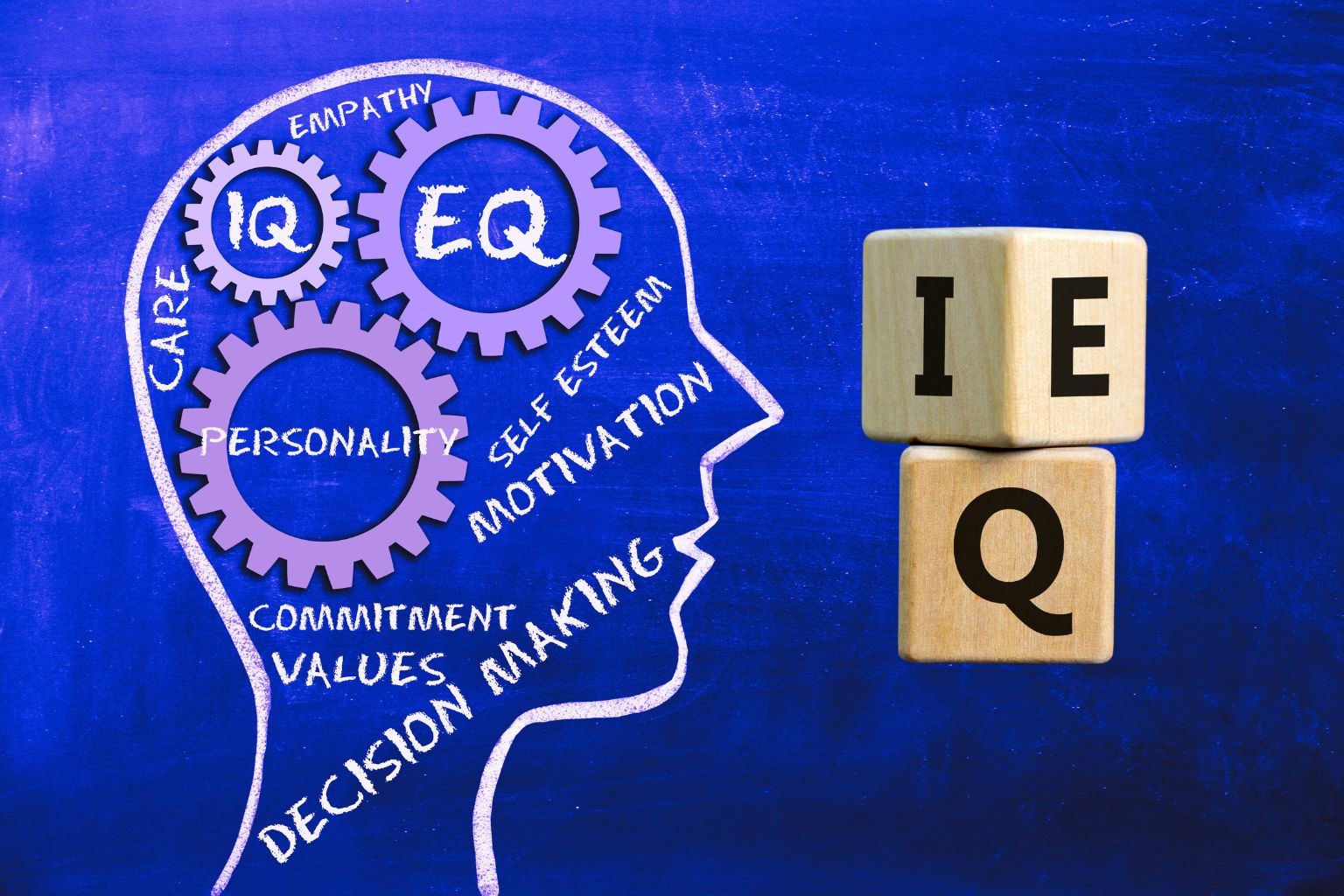

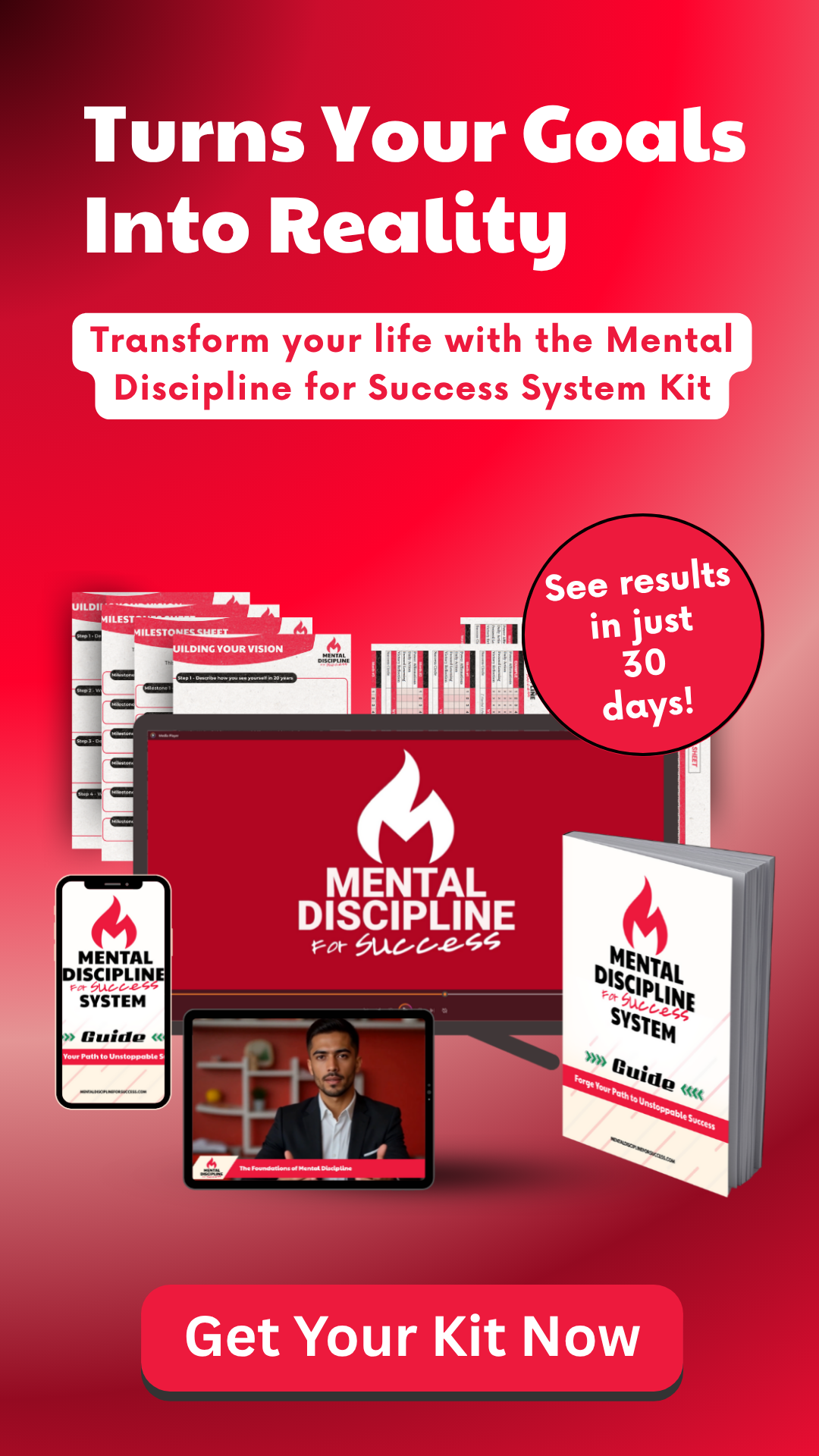
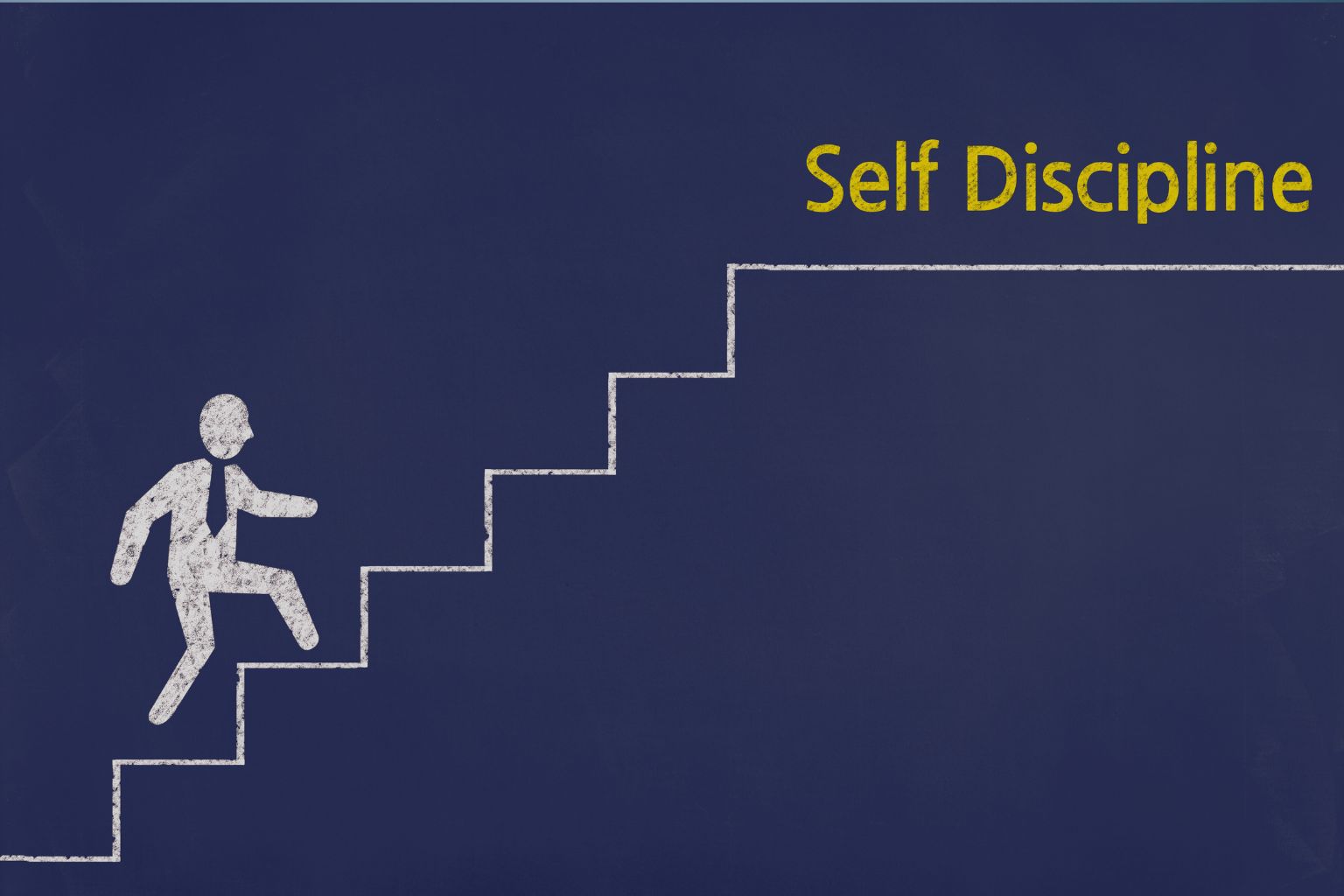

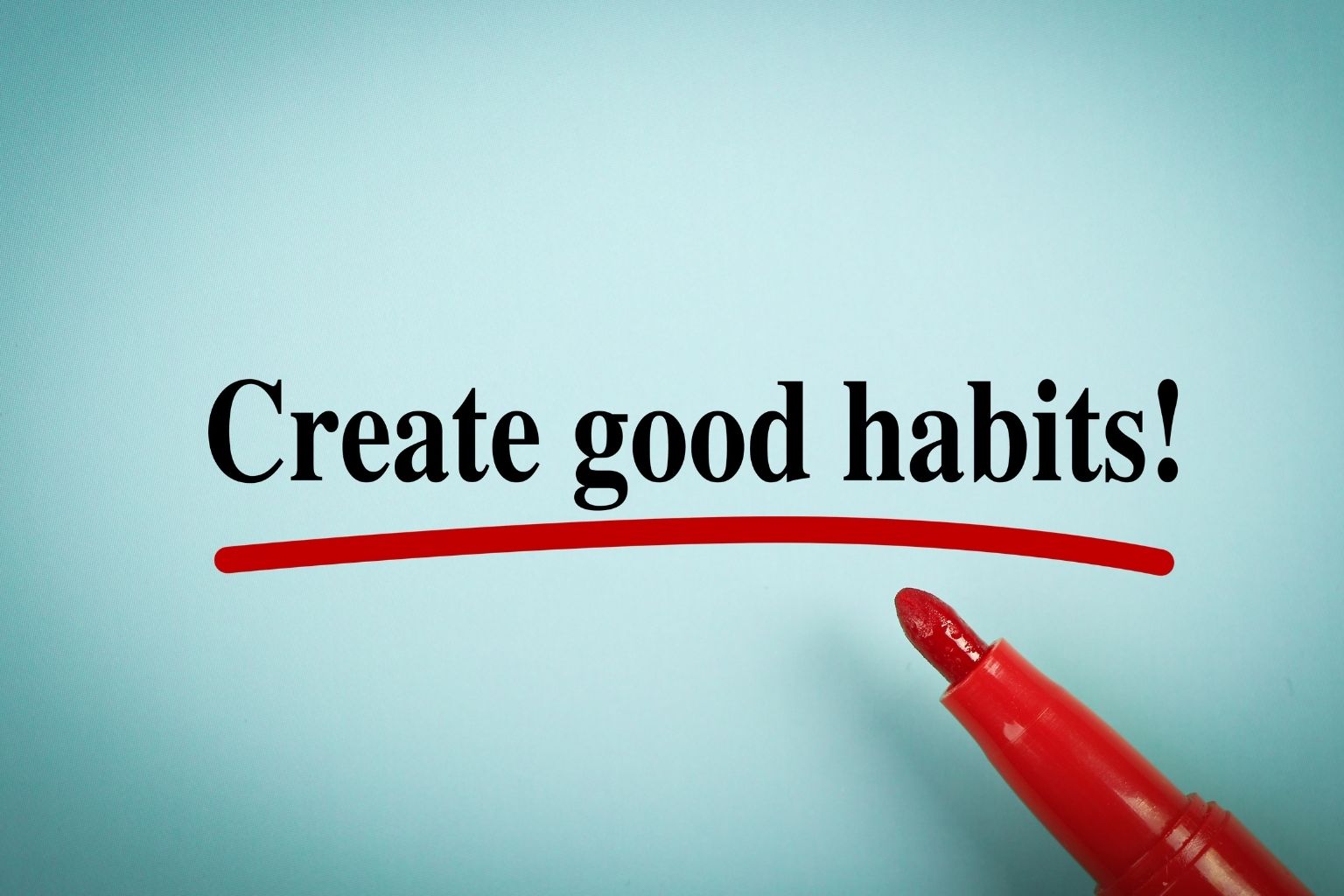



Share it!